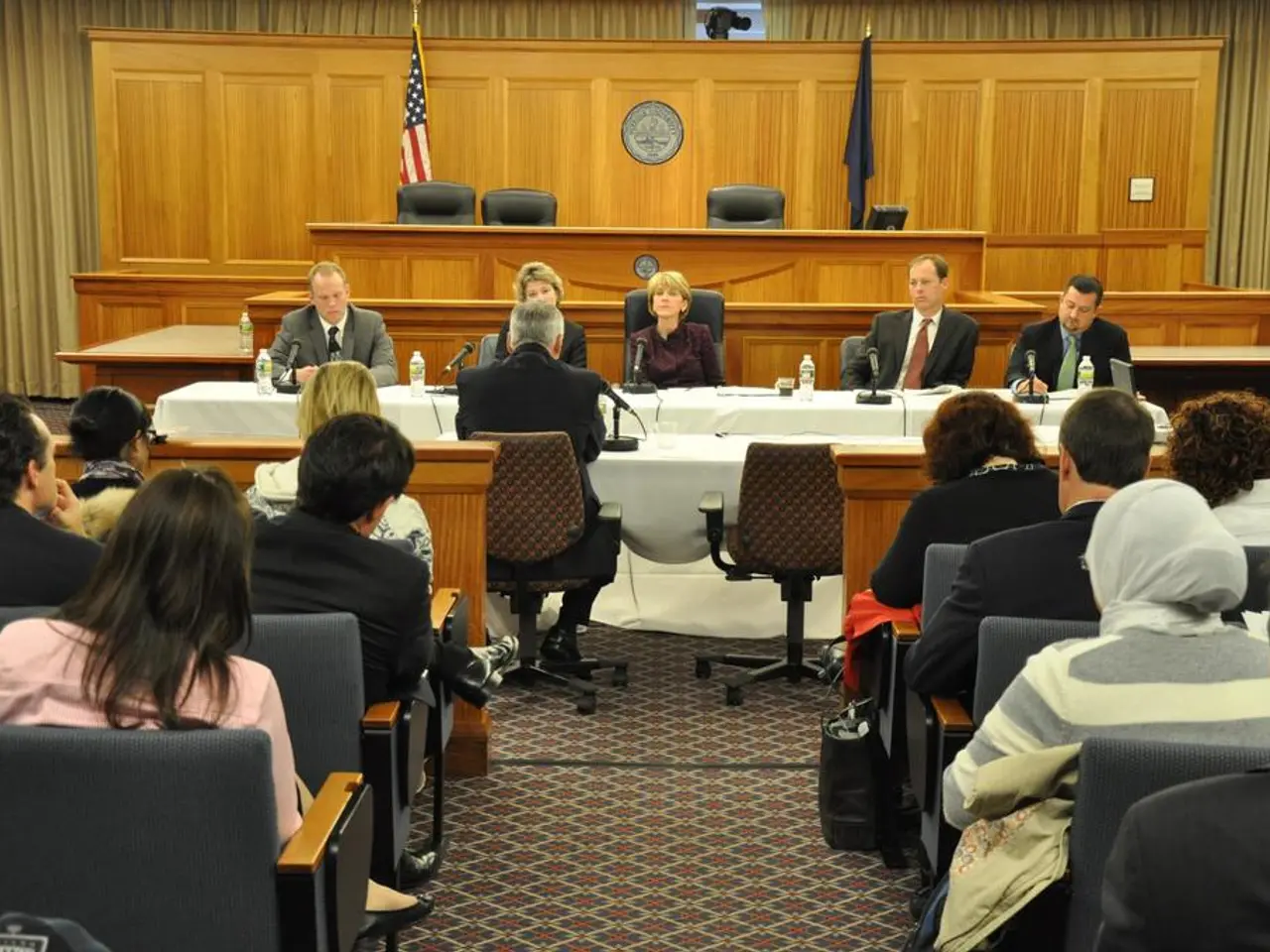Japan expresses appreciation for the cessation of hostilities between Cambodia and Thailand, commending all parties involved.
On July 29, 2025, the Embassy of Japan in Thailand issued a statement titled "The Ceasefire Agreement between the Kingdom of Cambodia and the Kingdom of Thailand." The agreement was a result of five days of border conflict that claimed at least 38 lives and displaced over 300,000 people.
The ceasefire, which took effect at midnight on July 29, has generally held despite some isolated incidents. The agreement was brokered with significant involvement from Malaysia, which also chaired ASEAN during this process. The United States also played a role in encouraging dialogue and ceasefire.
Following the ceasefire, Cambodia and Thailand’s military commanders met on July 29 to maintain the ceasefire, facilitate humanitarian efforts, and halt troop movements. Defense attachés from both countries are set to meet in Malaysia under Malaysian mediation, followed by a General Border Committee meeting scheduled for August 4 in Cambodia to restore direct communication lines.
Displaced civilians have started returning home, signaling a slow but positive move towards de-escalation.
Japan's Foreign Minister, Iwaya Takeshi, welcomed the ceasefire agreement, describing it as vital for stability in the region. Malaysia, as a key mediator, played an integral role by hosting leaders for talks and overseeing military discussions. The U.S. was actively involved in encouraging dialogue and ceasefire, with U.S. and Chinese ambassadors attending talks as observers to support peace.
However, the specific stance or reaction of Japan beyond welcoming the agreement is not detailed in the available sources. It is presumed that, as a regional partner and key player in Southeast Asian affairs, Japan supports ASEAN-led peaceful conflict resolution mechanisms and compliance with international law.
The ceasefire and diplomatic exchanges reflect a collective desire among ASEAN members, notably Malaysia, and international actors like the U.S. to maintain peace and stability in the region. Both Cambodian and Thai officials continue to engage in dialogue under ASEAN frameworks, aiming for a longer-term resolution of border disputes.
In conclusion, the ceasefire between Cambodia and Thailand is currently holding with active diplomatic mediation led by Malaysia and supported strongly by the United States. Japan’s specific public reaction has not been reported but is presumably aligned with ASEAN and international law principles. Further diplomatic meetings are planned to solidify peace and restore communication.
References:
- BBC News (2025). Cambodia-Thailand border conflict: Ceasefire agreed after talks. [online] Available at: https://www.bbc.co.uk/news/world-asia-56739618
- Reuters (2025). U.S. pushes for peace in Cambodia-Thailand border conflict. [online] Available at: https://www.reuters.com/world/asia-pacific/us-pushes-peace-cambodia-thailand-border-conflict-2025-07-28/
- ASEAN (2025). ASEAN Chair's Statement on the 5th Special ASEAN Summit on the Situation in the Kingdom of Cambodia and the Kingdom of Thailand. [online] Available at: https://asean.org/storage/2025/07/ACEH-2025-10-Cambodia-Thailand-Special-ASEAN-Summit-Chairs-Statement.pdf
- CNN (2025). Trump threatens trade sanctions to end Cambodia-Thailand border conflict. [online] Available at: https://edition.cnn.com/2025/07/28/asia/cambodia-thailand-border-conflict-trump-trade-sanctions-intl/index.html
- The Diplomat (2025). ASEAN's Role in Resolving the Cambodia-Thailand Border Conflict. [online] Available at: https://thediplomat.com/2025/07/aseans-role-in-resolving-the-cambodia-thailand-border-conflict/
The ceasefire agreement, crucial for regional stability, received support from Japan, who voices alignment with ASEAN-led peaceful conflict resolution mechanisms. Malaysian involvement in brokering the agreement and hosting talks is noteworthy, underlining their robust role as a key mediator.








